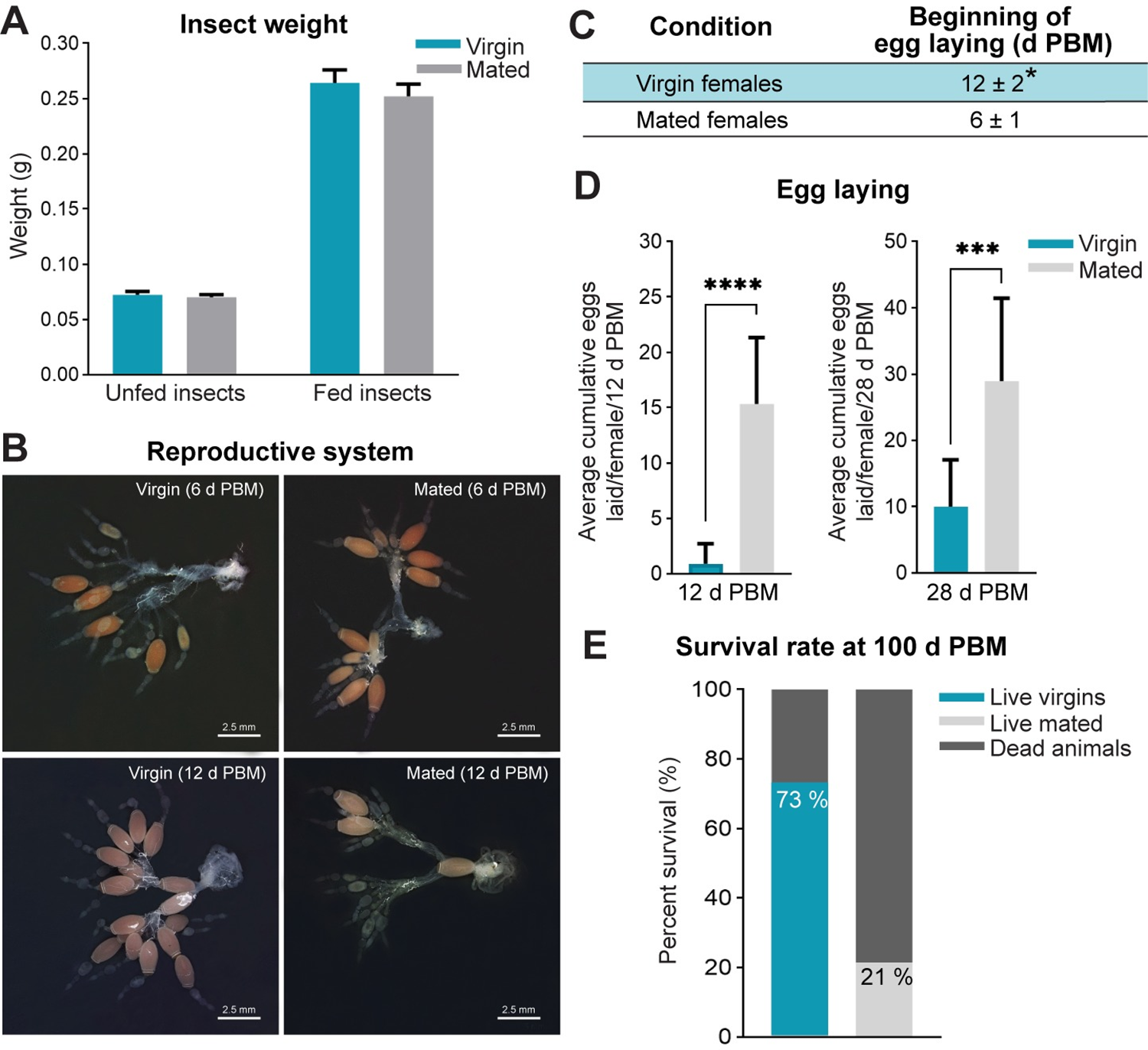Plos Neglected Tropical Diseases, 17 (9), 2023
Abstract
The blood-sucking hemipteran Rhodnius prolixus is one of the main vectors of Chagas disease, a neglected tropical disease that affects several million people worldwide. Consuming a blood meal and mating are events with a high epidemiological impact since after each meal, mated females can lay fertile eggs that result in hundreds of offspring. Thus, a better knowledge of the control of R. prolixus reproductive capacity may provide targets for developing novel strategies to control vector populations, thereby reducing vector-host contacts and disease transmission. Here, we have used a combination of gene transcript expression analysis, biochemical assays, hormone measurements and studies of locomotory activity to investigate how mating influences egg development and egg laying rates in R. prolixus females. The results demonstrate that a blood meal increases egg production capacity and leads to earlier egg laying in mated females compared to virgins. Virgin females, however, have increased survival rate over mated females. Circulating juvenile hormone (JH) and ecdysteroid titers are increased in mated females, a process mainly driven through an upregulation of the transcripts for their biosynthetic enzymes in the corpus allatum and ovaries, respectively. Mated females display weaker locomotory activity compared to virgin females, mainly during the photophase. In essence, this study shows how reproductive output and behaviour are profoundly influenced by mating, highlighting molecular, biochemical, endocrine and behavioral features differentially expressed in mated and virgin R. prolixus females.
(A) Weight of insects (grams) measured before (unfed insects) and immediately post blood meal (fed insects) (n = 15–20 females). (B) Representative images showing the reproductive system of virgin (left panel) and mated females (right panel) at 6 (upper) and 12 (bottom) days post blood meal (d PBM) (representative image of n = 15–20 females). (C-D) Parameters indicating reproductive performance in fed virgin and mated females. The beginning of egg laying in virgin (highlight in blue) and mated (highlight in white) females is shown in (C), and the average cumulative eggs laid per female at 12 (left) and 28 d PBM (right) is shown in (D). *p < 0.05; ***p < 0.001; ****p < 0.0001 (Student’s t-test, n = 15 females). (E) Survival rate at 100 d PBM shown as a percentage (n = 15 females).
